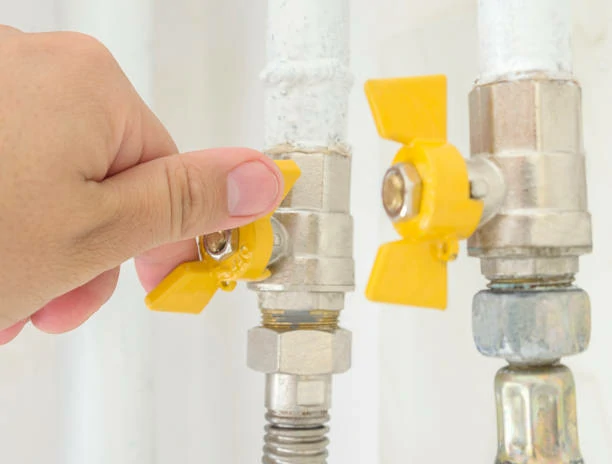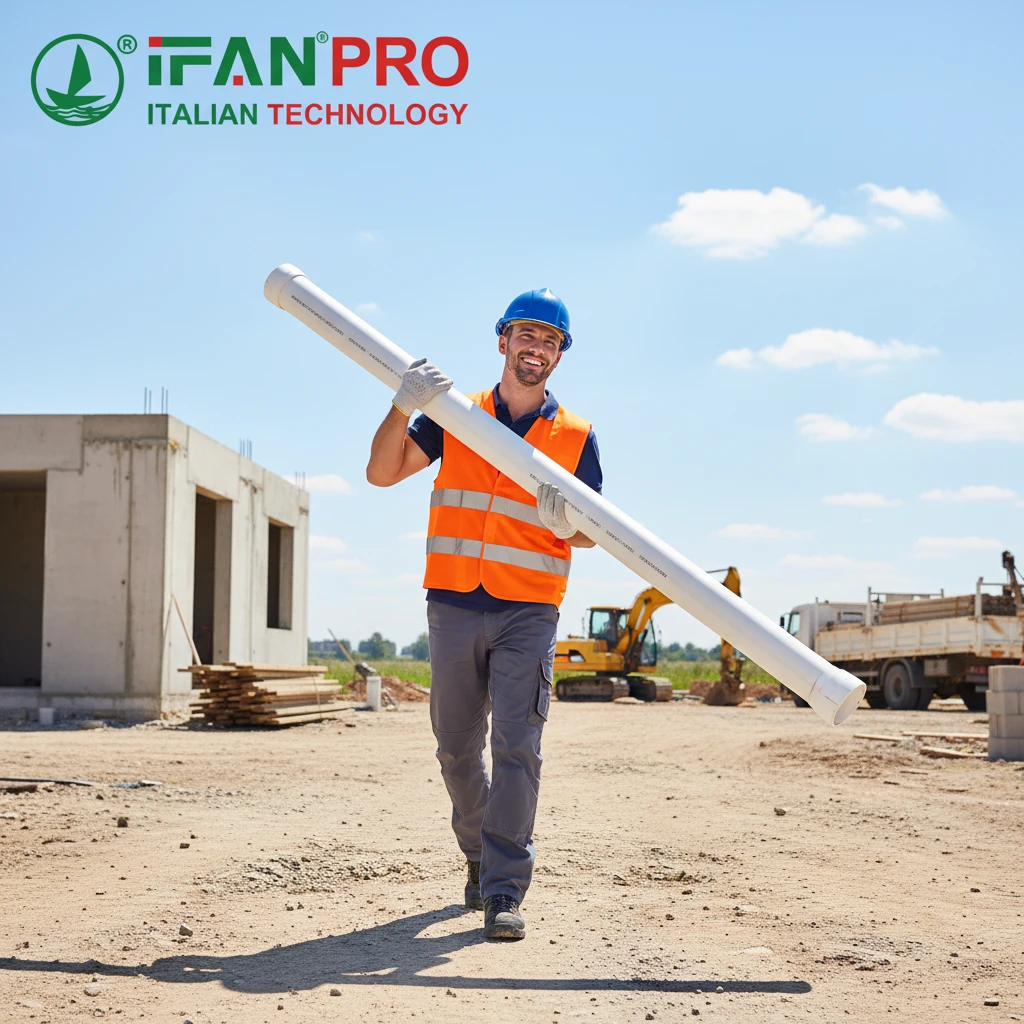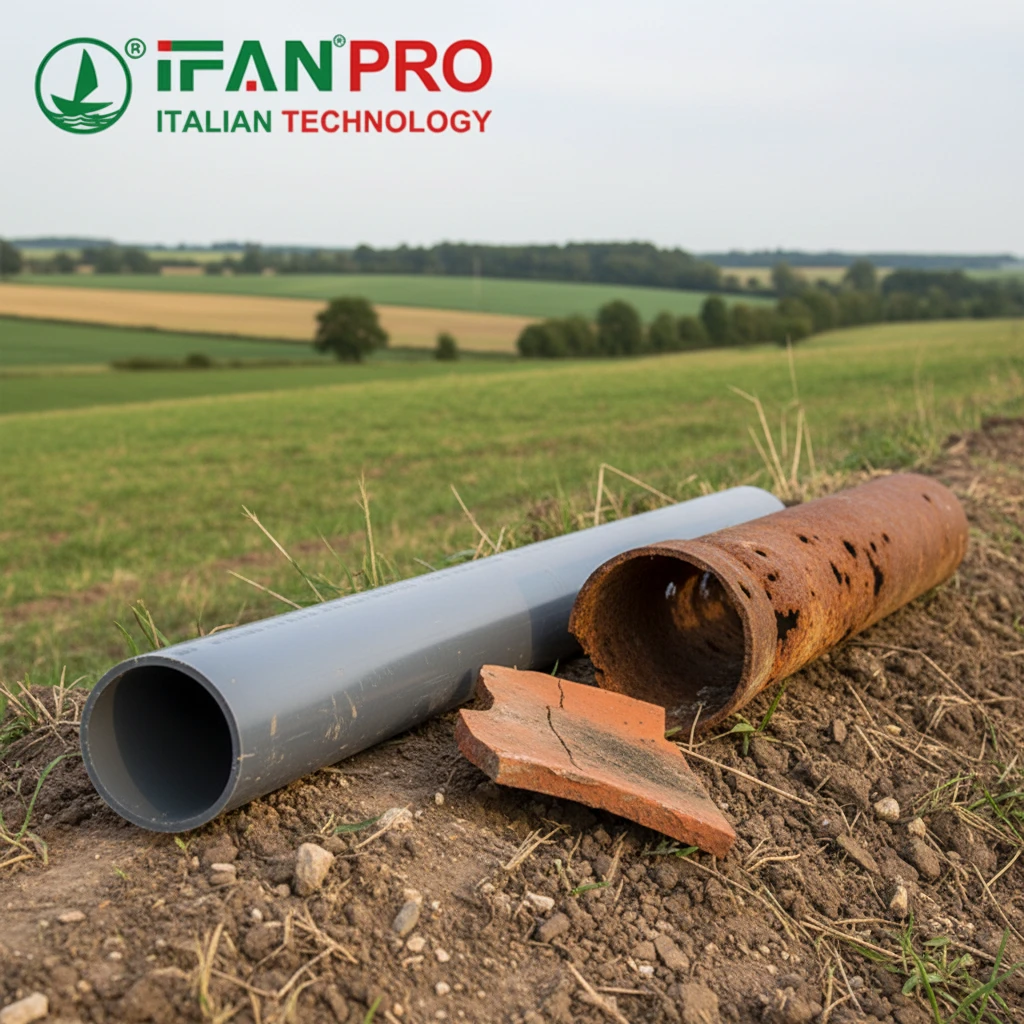Introduction
Efficiently utilizing brass valves is essential for maintaining fluid control in various industrial and residential applications. This guide outlines key usage techniques to ensure safe, reliable, and long-lasting performance of your brass valves.
Choosing the Right Valve Type
Start by selecting the appropriate brass valve type based on your needs. Common types include gate, globe, ball, and check valves. Gate valves excel in on/off applications, while globe valves are suitable for throttling. Ball valves offer quick quarter-turn operation, and check valves prevent backflow. Knowing your application’s requirements helps you make the right choice.
Installation Best Practices
Proper installation is crucial. Ensure the valve is installed in the correct flow direction and tightened to the manufacturer’s specifications. Use appropriate sealants and gaskets to prevent leaks. Avoid over-tightening, which can damage threads or seals. Proper installation ensures smooth operation and prevents premature wear.
Maintenance Routine
Establish a regular maintenance routine for your brass valves. Inspect them periodically for signs of wear, corrosion, or leaks. Clean the valve body and moving parts to remove dirt and debris. Lubricate threads and stems as needed to maintain smooth operation. Regular maintenance extends valve life and ensures reliable performance.
Careful Operation
Operate brass valves with care to avoid damage. Open and close valves slowly and smoothly to prevent water hammer or sudden pressure changes. Use the correct tools, such as handwheels or actuators, and avoid excessive force. Keep in mind the valve’s operating pressure and temperature limits to prevent overheating or overpressurization.
Addressing Common Issues
Be prepared to address common issues that may arise with brass valves. Leaks are often caused by worn seals or loose connections. Tighten connections and replace seals as needed. Stuck valves can be freed with light lubrication or gentle tapping. If the problem persists, consult a professional.
Compatibility & Material Considerations
When selecting brass valves, consider their compatibility with the fluid being controlled. Brass is generally resistant to corrosion but may not be suitable for all applications. Check the valve’s material specifications and compatibility charts to ensure it meets your needs. Additionally, consider the valve’s connection type (e.g., threaded, flanged) to ensure compatibility with your piping system.
Integration with Automation Systems
If integrating brass valves into automated systems, ensure compatibility with your control system. Choose valves with appropriate actuators and control interfaces. Program and test the system thoroughly to ensure accurate and reliable operation. Regularly check for software updates and maintain system documentation for easy troubleshooting.
Emergency Preparedness
Develop emergency procedures for dealing with valve failures or system malfunctions. Know how to safely isolate the valve, shut down the system, and mitigate any hazards. Keep spare parts and tools readily available, and ensure all personnel are trained in basic troubleshooting and safety protocols. Regular drills and training improve your team’s readiness in case of an emergency.
Conclusion
By following these brass valve usage techniques, you can ensure safe, reliable, and efficient operation of your valves. From selecting the right valve type to establishing a maintenance routine and preparing for emergencies, each step contributes to the long-term success of your fluid control systems. With proper care and attention, your brass valves will provide years of trouble-free service.
| Best barss ball valve Manufacturers | ||
| Companies | Headquarter/Location | Year Founded |
| IFAN | ZHEJIANG,CHINA | 1993 |
| RAKtherm | UAE | 1963 |
| REHAU | Muri bei Bern, Switzerland | 1948 |
| POLOPLAST | Leonding, Austria | 1954 |
| ERA | ZHEJIANG,CHINA | 1983 |
| LESSO | GUANGDONG,CHINA | 1986 |
Connecter
IFAN est un fabricant chinois de tuyaux, de raccords et de vannes en plastique, fort de 30 ans d'expérience. Si vous êtes intéressé par IFAN Raccords en cuivre, vannes en cuivre, tuyaux et raccords en plastique, veuillez nous contacter. IFAN offers you a variety of standard pipes to meet your specific needs. Click below to learn more about IFAN’s wide range of affordable and cost-effective valve products and piping system related products.
We will reply your email or fax within 24 hours.
You can call us at any time if there is any question on our production.
For more information,pls visit our webside https://ifanpro.com/
Veuillez envoyer un courrier à l'adresse suivante [email protected]
Whatsapp : + 86 19857948982














Commentaires récents